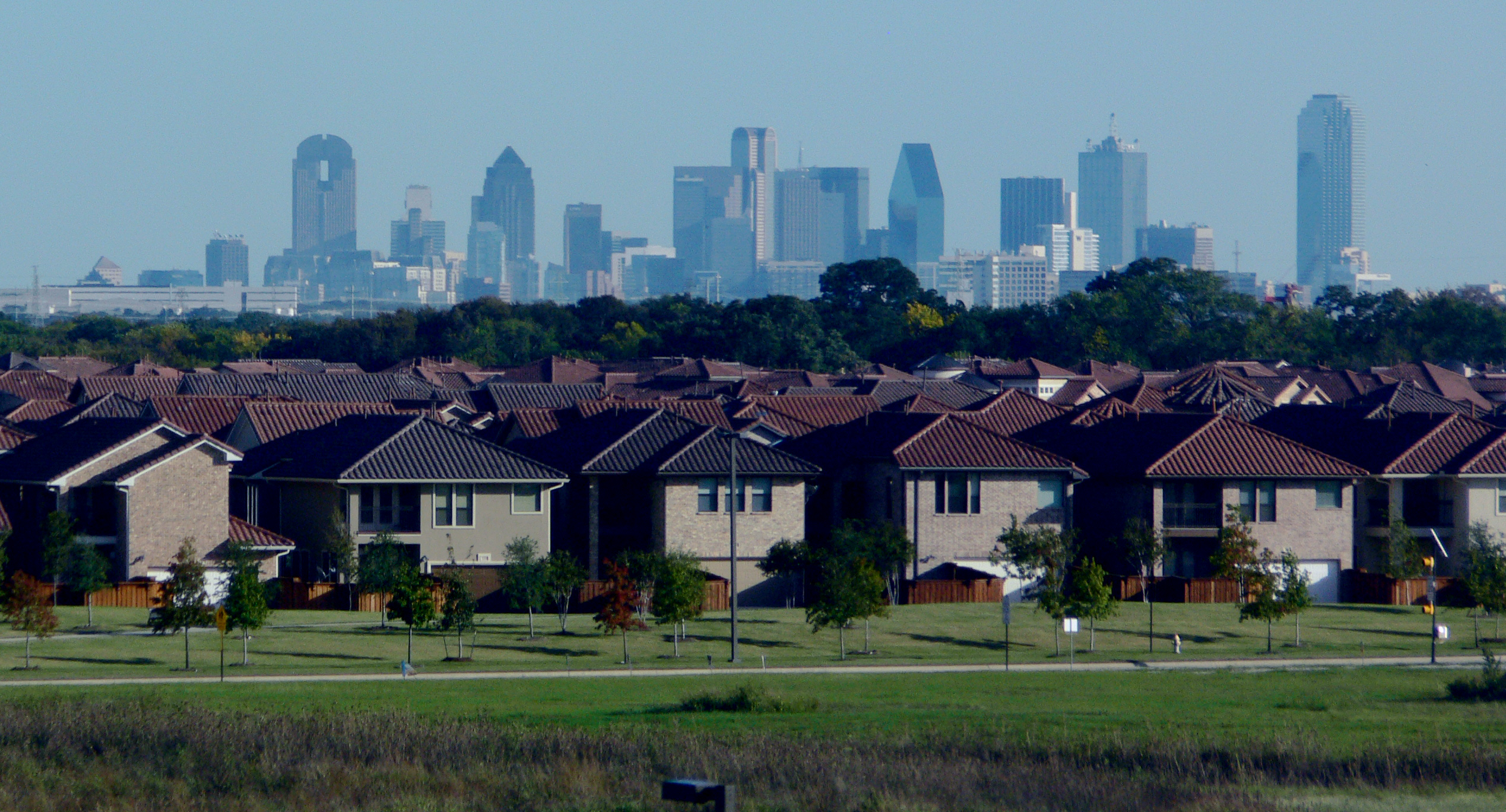Rapid population growth threatens stability of state’s rural economy
Texas experienced a net loss of nearly 1.1 million acres of privately owned farms, ranches and forests from 1997 to 2012, continuing the trend of rural land conversion and fragmentation in Texas, according to Roel Lopez, director of the Texas A&M Institute of Renewable Natural Resources.
“This dramatic loss and fragmentation of privately owned farms, ranches and forests—also known as working lands—is affecting the state’s rural economies. The conservation of water and other natural resources is also being affected, as is national security and food security,” Lopez said, during a recent land and water forum in Austin.
“Privately owned farms, ranches and forests account for 83 percent of the land in Texas and are increasingly threatened by suburbanization, rural development and land fragmentation driven by rapid population growth,” he said. “More than 54 percent of this land conversion was related to development associated with population expansion in the state’s 25 highest growth rate counties. During this period, approximately 590,000 acres were lost from the agricultural land base in these counties.”
Lopez presented these and other key findings from a new Texas Land Trends study at “No Land, No Water: Tools and Strategies for Conserving Land to Protect Water Resources,” sponsored by the Texas Agricultural Land Trust.
The report describes recent changes in ownership size, land use and property values of private farms, ranches and forests in Texas from 1997 to 2012. Developed by the institute, Texas Land Trends, http://txlandtrends.org , is an interactive website and database detailing current land use trends within the state. It also shows the impacts of rural land loss and fragmentation on water, agriculture and other natural resources.
#TAMUresearch


